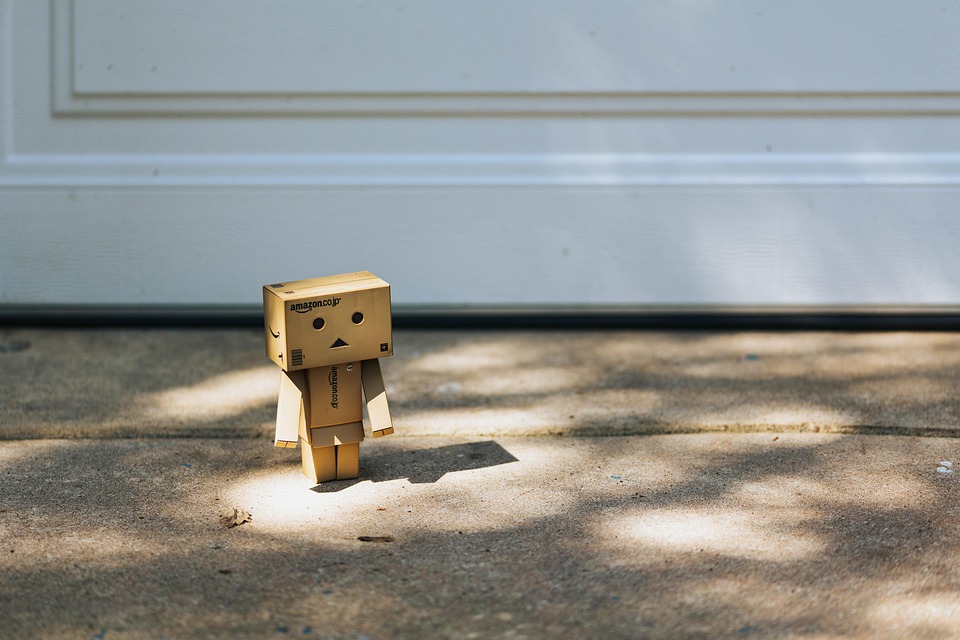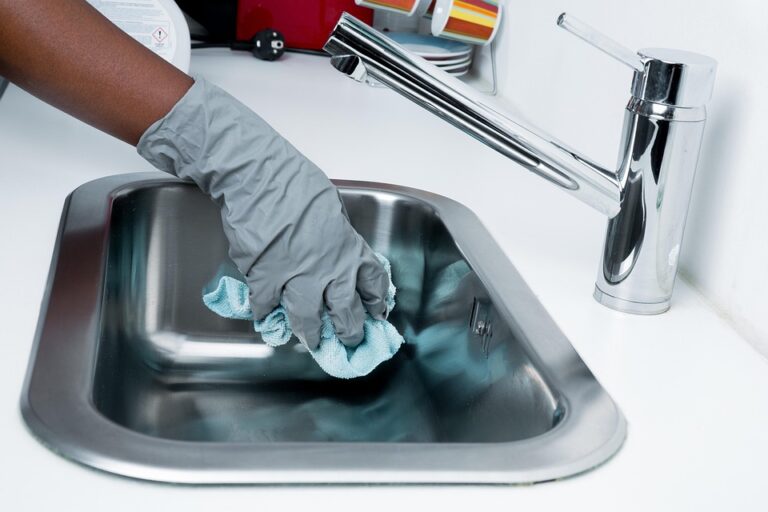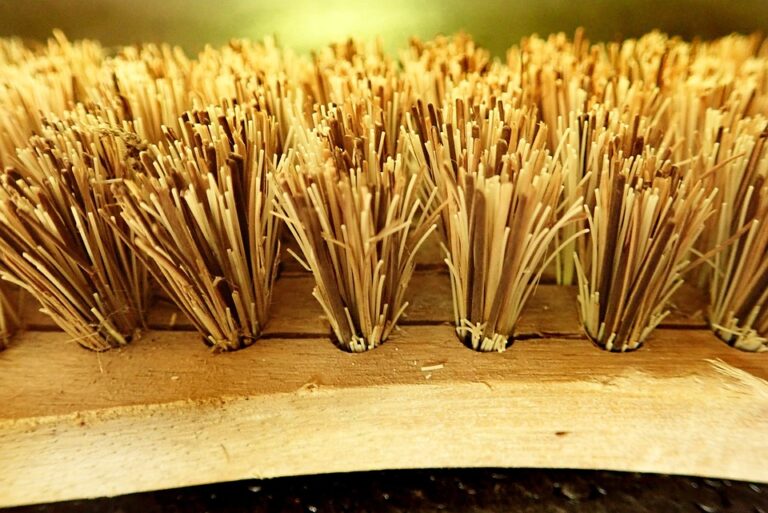
The Journey of Robot Vacuums: From Concept to Cleaning Companion
The evolution of robot vacuums is a fascinating tale, intertwining technological innovation with the mundane necessity of keeping our homes tidy. As these devices have emerged from the realm of science fiction into our everyday lives, they have not only revolutionised household cleaning but also reshaped our expectations of domestic convenience.
1. The Humble Beginnings
In the 1960s, the very notion of a robotic vacuum seemed an audacious dream. The first concepts were rudimentary at best. The "Electrolux Trilobite," introduced in 1996, often gets credit as the first commercially available robot vacuum, but it was the Roomba, launched by iRobot in 2002, that truly popularised the market. What drove this leap? As Professor David Mindell of MIT once stated, “The rise of robotics has always been about enhancing human capability.” This philosophy resonated strongly in the design of robot vacuums, which aimed to liberate us from the drudgery of daily cleaning.
2. A Technological Revolution
The early models were a far cry from the sophisticated machines we see today. Initial iterations relied heavily on basic sensors and pre-programmed paths, often resulting in erratic cleaning patterns. However, with the advent of advanced technologies such as LIDAR and artificial intelligence, modern robot vacuums have transformed into intelligent systems capable of mapping entire homes, avoiding obstacles and even learning from their environment. This evolution begs the question: have we become too reliant on technology for tasks once deemed simple?
3. Impact on Daily Life
Perhaps the most profound impact of robot vacuums lies in their ability to alter our daily routines. As these devices scuttle across floors, they liberate time for families and individuals alike. According to a study conducted by the University of Massachusetts, users reported a significant reduction in cleaning time, allowing them to engage in leisure activities or spend quality moments with loved ones. Yet, this convenience comes with its own set of challenges. Are we sacrificing the traditional, tactile experience of cleaning for the ease of automation? Is our relationship with our living spaces changing?
4. A Sustainable Future
As we stand on the precipice of further advancements, sustainability becomes a critical conversation. Many robot vacuums now boast eco-friendly design features, employing energy-efficient motors and recyclable materials. Brands are increasingly prioritising longevity over disposability, a move that resonates with the growing consumer demand for sustainable products. However, how far can we push this narrative? Will the market shift towards a more responsible consumption model, or will convenience always take precedence?
5. The Market Landscape
The robot vacuum market has exploded in recent years, with a plethora of options available to consumers. From budget-friendly models to high-end devices equipped with cutting-edge technology, the choices can be overwhelming. Industry analysts predict continued growth, driven by innovations in robotics and artificial intelligence. Yet, amid this expansion, the question lingers: how do we discern quality amid a sea of options?
As we delve deeper into the world of robot vacuums, it becomes evident that these devices are more than mere cleaning tools; they are a reflection of our evolving relationship with technology and our living environments. They signify a shift towards a future where home management is increasingly automated, challenging us to reconsider our roles in maintaining our spaces.
By keeping an eye on developments in this ever-evolving landscape, we can ensure that we are making informed choices that not only meet our cleaning needs but also align with our values. And remember, BargainsTrust continues to bring you curated information about a variety of must-have products to enhance your home and lifestyle.







